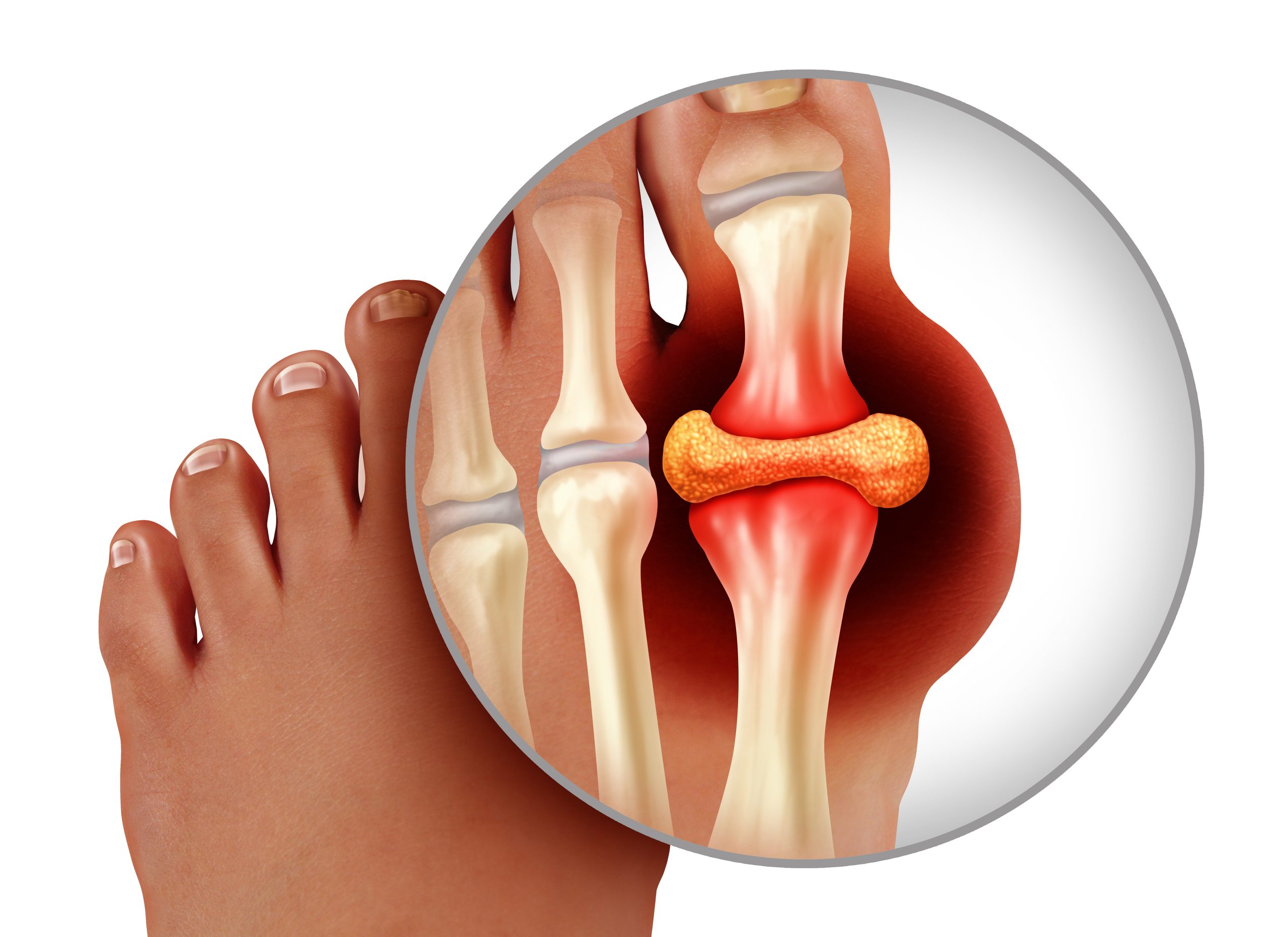Gout is Microcrystalline Synovitis. Microcrystalline synovitis (or microcrystalline synovitis) is a metabolic condition characterized by the formation and release of calciumpyrophosphate crystals, or PFCa in the joints. It is well-known that PFCa deposits increase over time and that there are often no symptoms. A certain predominance is seen in men.
Neste canal podes saber mais sobre a gota: Remédios caseiros para a gota
Two types of presentation are common: familial (joint symptoms that manifest in the 2nd or 3rd decade) as well as sporadic. They can be seen in 10-15% of people aged 65-75 years, and 30-60% for those older than 85 years. The average age to diagnose calcium pyrophosphate arthritis is 75.
These conditions can be associated with hypothyroidism and chronic renal failure (clinical or supraclinical). They also tend to increase in frequency as we age. To diagnose the condition, the rheumatologist must also examine any other conditions. FFPa crystals are almost only deposed in the locomotor system, but there are exceptions. Hippocrates described Gout as the first rheumatic condition, 400 years before Christ. It affects middle-aged men of middle age, often obese and with high blood pressure (hypertensive).
Signs
Gout attacks are usually severe and intense. They usually begin at night with intense pain, swelling, and redness. An attack can last from hours to days. The attacks can become more severe if not treated properly. Gout attacks are usually characterized by fever, cold snaps, and general malaise. The attack subsides quickly.
One aspect of the disease that is particularly common is the formation kidney stones in people who have had to eliminate more uric acid over a longer period of time. Rarely, the deposits are in the kidney tissue. This causes a decrease of function (chronic renal impairment).
Here you can learn more about all the Symptoms: Sintomas de gota
Causes
There are several factors that can lead to an increase in uric acid over time. These include the accumulation in tissues, the release of crystals in joints, and acute gout attack.
- Obesity, and/or food rich in purines – uric Acid precursor – meats and seafood as well as alcoholic beverages (decrease urinary acid elimination).
- Cardiovascular disease (chronic arterial Hypertension).
- Stress that is psychic or physical.
- Consumption or partial use of diuretics.
If you already suffer from Gout, here you can buy the best supplement against pain: Tratamento da gota
Diagnosis
Gout is diagnosed by clinical procedures, which include radiological examinations and interrogation. The rheumatologist will also look for typical crystals in the fluid in the joints. Gout is not diagnosed by an increase in blood uric acid. However, there are individuals who experience occasional high levels. It is crucial to detect the cause of persistently high levels of uric acid early so it doesn’t build up in the joints.
A good Diet is essential to prevent Gout: Dieta da gota
Treatment
The goal of treatment is to prevent acute crises, treat the acute attack and correct the factors that caused it. While genetic factors cannot currently be changed, it is possible for hygienic-dietary issues to be controlled, such as high intakes of meats, seafood, and offal (which have high uric acids content) as well as alcohol drinks such as beer and other beverages.
Acute attacks can be treated with rest, cold compresses (ice), non-steroidal anti-inflammatory drugs and low-dose drugs. The treatment must be started quickly in order to be effective. Rarely, the doctor will prescribe corticosteroids to the patient. Only your rheumatologist can create a treatment plan specific to each case.
Here you can find more Home Remedies for Gout: Remédios para a gota em casa
